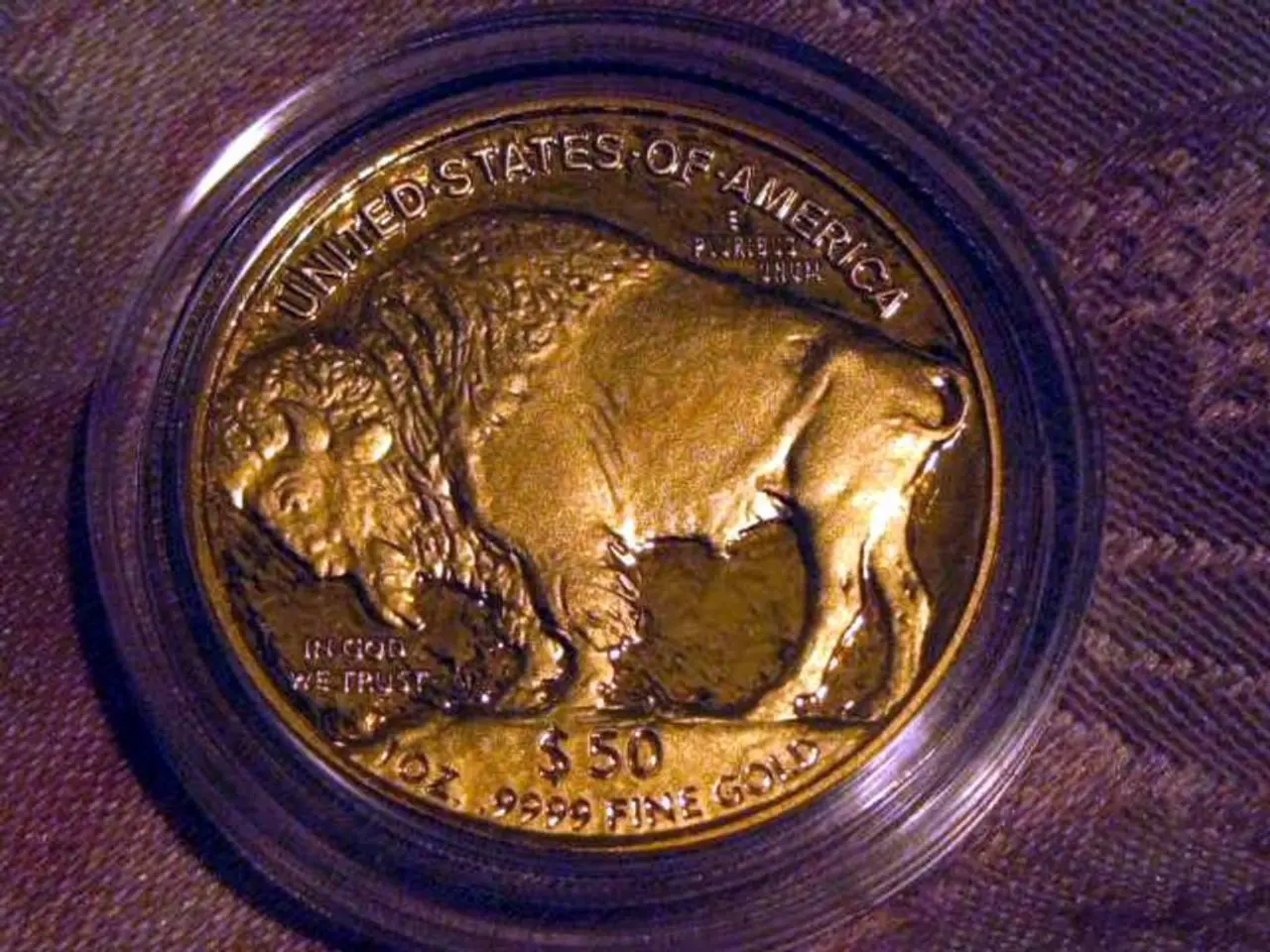Canadian currency softens amid investor scrutiny of Bank of Canada's interest rate hints
In a move aimed at strengthening relations and seeking a joint front in trade negotiations with the United States, Canadian Prime Minister Mark Carney is due to arrive in Mexico City for a two-day mission. However, domestic economic indicators suggest a different story for the Canadian economy, with the Canadian dollar weakening against the U.S. dollar.
The loonie, as the Canadian dollar is colloquially known, traded at 1.3805 per USD on Tuesday, marking a 0.2% decrease against the greenback. This weakness can be attributed to a dovish Bank of Canada and potentially hawkish Fed remarks, as the Federal Reserve signaled little urgency to lower borrowing costs quickly.
The Bank of Canada cut its key interest rate to a three-year low of 2.5% last week, a decision that has raised concerns about the loonie's vulnerability to further U.S. dollar strength. In response, the Canadian 10-year yield eased half a basis point to 3.186%, now 91.9 basis points lower than the equivalent U.S. yield.
The Canadian-U.S. 10-year spread widened to over two months' high of 91.9 basis points, reflecting the divergence in monetary policy between the two nations. This spread, which measures the difference in yield between Canadian and U.S. government bonds of the same maturity, has been on an upward trend since the Bank of Canada's rate cut.
The price of oil, a significant factor in Canada's economy, also decreased by 0.9% to $63.48 a barrel. This drop in oil prices could further exacerbate the loonie's weakness, as Canada is one of the world's largest oil producers.
Prime Minister Carney's mission to Mexico City comes at a critical time for both countries, as they navigate complex trade negotiations with the United States. The success of these negotiations could have a significant impact on the Canadian economy and the value of the loonie.
As the situation continues to evolve, investors and economists will closely watch the loonie's performance against the U.S. dollar, as well as the trajectory of oil prices and the monetary policy decisions of both the Bank of Canada and the Federal Reserve.







